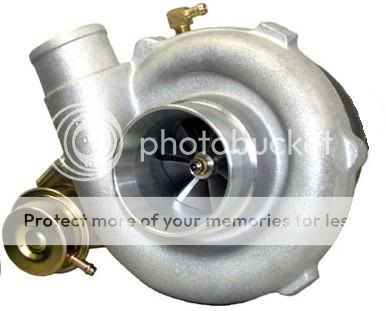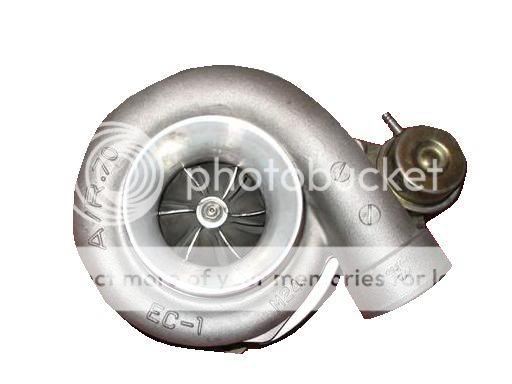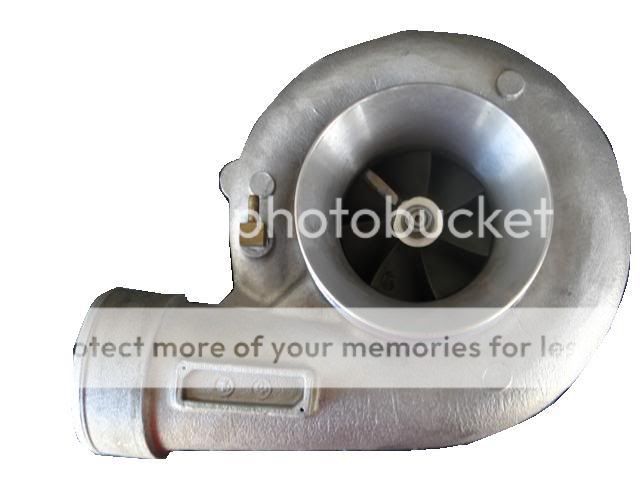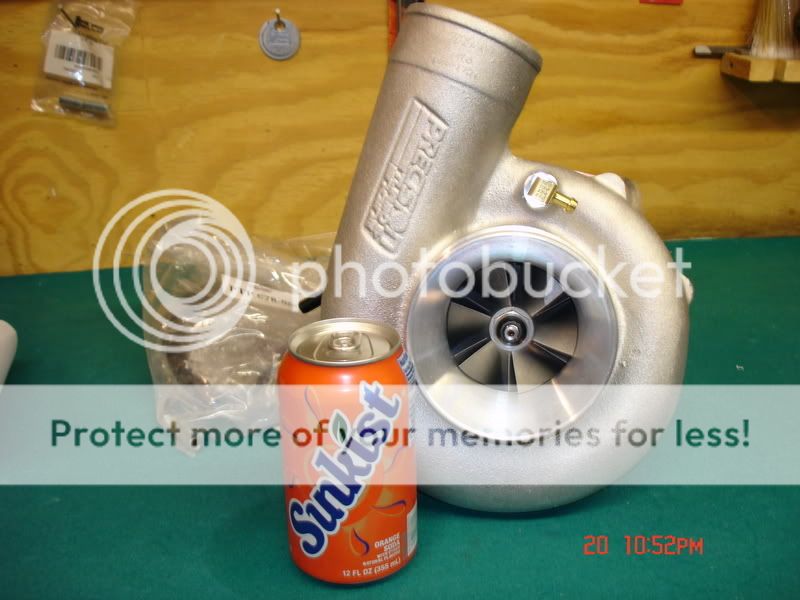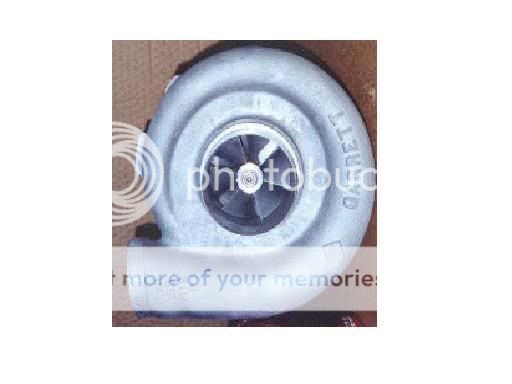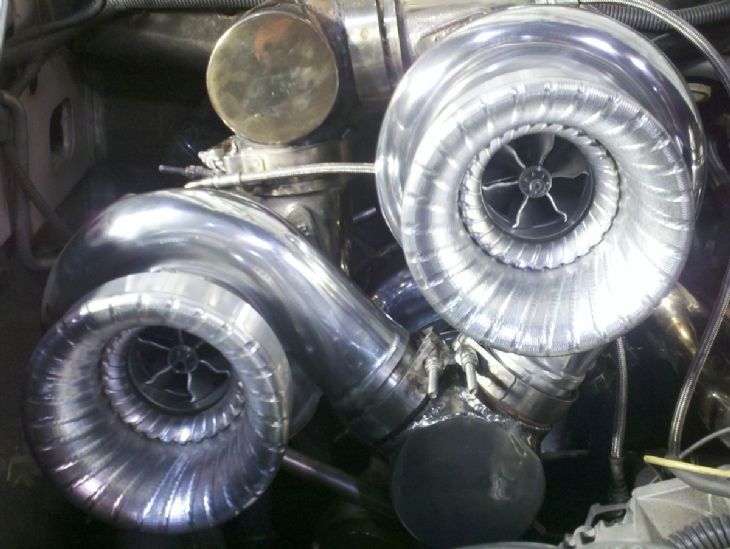Ok, I know I've posted tons of pictures in the past but I'll do it again for all the new turbo owners.
TO4E compressor cover
PTE casting with 3" inlet and 2" discharge.
It has a .60 A/R ratio and comes on the following turbos.
TE-32, TE-34, TE-44, TE-60, PT51, 52, 53, 54, PT61, T63E, T64E, PT6776E, PT6776RE, GT6776E, GT6776RE. Those last 4 are the same thing, just journal bearing and dual ball bearing. Does require one of the backing plate brackets to be welded to either a standard spring or heavy duty spring wastegate actuator.
TO4S compressor cover
Garrett casting with 4" inlet and 2.5" discharge. Requires a very specific cnc machined bracket to get the wastegate to bolt up close.
It has a .70 A/R and is available on these turbos.
PT61, TE-60, 60-1, PT6776S, PT6776RS, GT6776S, GT6776RS.
Old PTE H cover.
PTE casting with 4" inlet, 3" discharge. Actual A/R was never published, but was close to .75.
New PTE H compressor cover.
PTE casting with 4" inlet and 3" discharge, it has a .75 A/R ratio and the Precision logo casted into the discharge.
Does require one of the backing plate clamps be welded to the actuator for proper wastegate orientation. Turbos this cover is available on, PT6776H, PT6776RH, GT6776H, GT6776RH (again same turbo just different name from different vendor) PT7076H, PT7080H, PT7080RH, PT7180H, PT7280H, PT7280RH, PT7480H, PT7480RH, PT7680H, PT7680RH.
And on non 3-bolt Buick setups, PT70GTSH, PT71GTSH, PT72GTSH, PT74GTSH, PT76GTSH, PT88. Those 70 series turbos should also be available with the dual ball bearing cartridge as well.
Now here is the old school comp cover from way back in the day.
Garrett casted 3" inlet, 2.5" discharge compressor cover.
This cover was used on the old school TE63-1, TE64-1, TE68-1, TE70-1 and TE72-1. It has a .55 A/R and is very hard to come by today. It also required one of the backing plate clamps to be welded to the wastegate actuator for it to bolt up.
These are the covers that are/were sold by PTE.
Hope this helps.
Patrick
